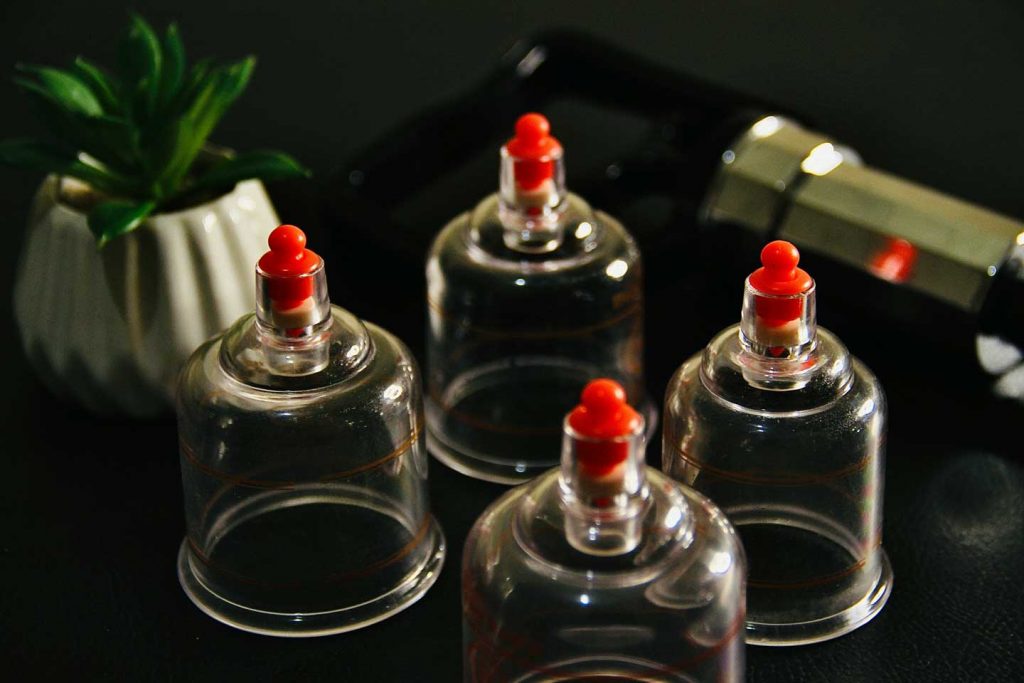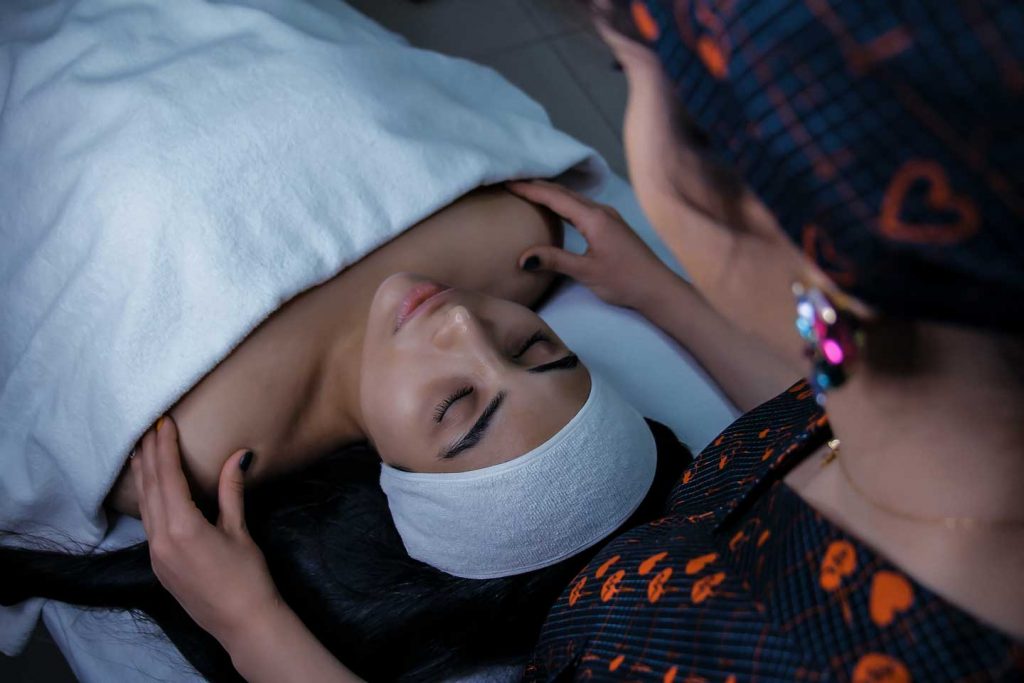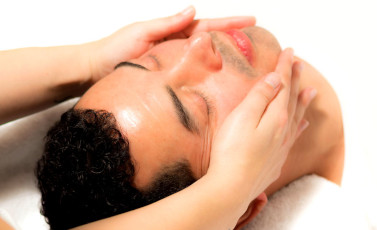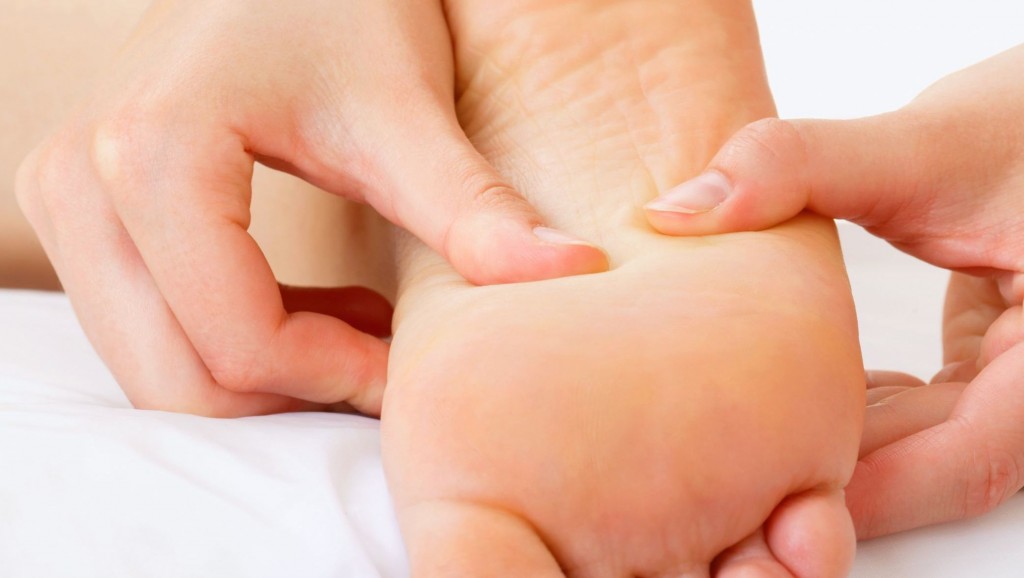What is Thai Yoga Massage?
Welcome to the world of Thai Yoga Massage! Thai Massage is an ancient form of massage that originated in Thailand thousands of years ago. It combines elements of yoga as well as ayurvedic healing into a unique system that offers deep relaxation and healing. In this article, we will explore what Thai Massage is, its history, and the many benefits it can offer.
Table of contents:
- A brief introduction
- History of Thai Yoga Massage
- Evolution of Thai Yoga Massage techniques
- Why try Thai Yoga Massage?
- The benefits of Thai Yoga Massage
- Misconceptions about Thai Yoga Massage
- Safety considerations for Thai Yoga Massage
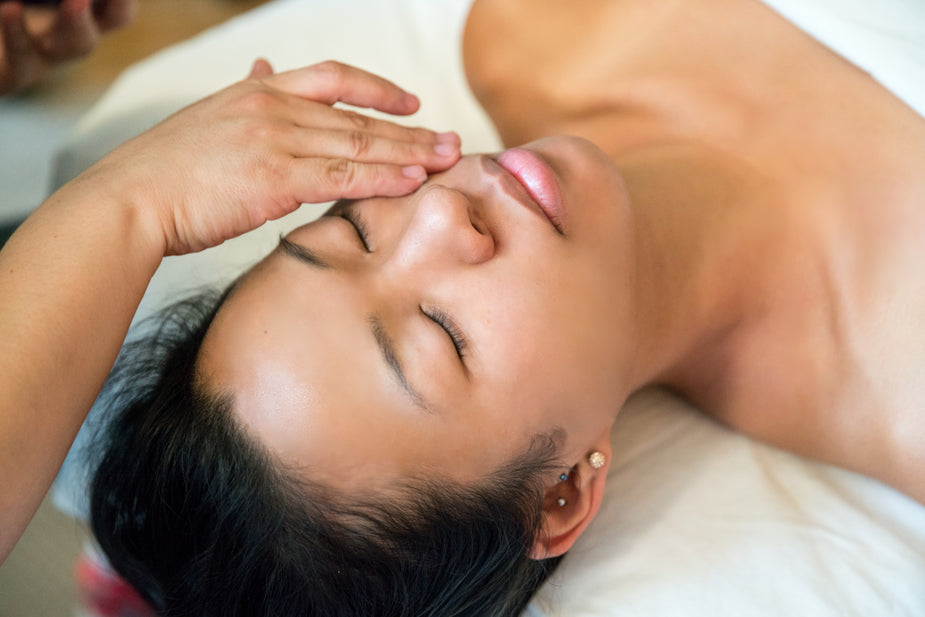
A brief introduction
Thai Yoga Massage is an ancient form of bodywork that dates back over 2000 years ago. It was developed in Thailand by Buddhist monks and combines elements of yoga, acupressure, as well as Ayurvedic medicine.
The massage itself consists of gentle rocking, rhythmic compressions, passive stretching, and guided pressure applied to the energy lines of the body. It is often described as “passive yoga,” as it allows the recipient to relax while the practitioner stretches and moves their body.
How to receive a Thai Massage?
If you are interested in receiving a Thai Massage, you can find certified practitioners all around the world who specialise in this type of bodywork. Before your session begins, you will discuss your health history with your practitioner so they can customise the treatment to your specific requirements.
During your session, you will be asked to lie down on a mat or futon while your practitioner applies pressure to different points on your body using their hands or perhaps their feet depending on what type of massage you are receiving.

History of Thai Massage
Yoga massage has a long and rich history spanning thousands of years, from its roots in India to its use throughout the world today. The practice of Thai massage is no different. In this article, we’ll explore the history of Thai yoga massage, from its ancient origins to its modern-day applications.
A Thai yoga massage is an ancient form of bodywork that combines stretching, rhythmic compressions, as well as acupressure points to open up energy pathways in the body. The practice is thought to have originated in India around 2500 B.C., but it didn’t become popularised until the 19th century.
At this time, Buddhist monks traveled to Thailand to teach the practice as well as to share their understanding with local healers.
We’ll look at how it has evolved, as well as the many benefits it offers to both body and mind. So, let’s dive in!
The art of traditional Thai Massage
Traditional Thai massage is based on a series of rhythmic compressions as well as stretches performed on the recipient’s body. The therapist uses their hands, thumbs, elbows, knees, feet, and sometimes even their forearms to apply pressure along the body’s energy pathways or “sen” lines.
By stimulating these sen lines, the therapist helps to open up blocked energy pathways and, as a result, promotes healing within the body. Traditional Thai massage also includes rhythmic rocking as well as stretching techniques that are used to help increase flexibility and even range of motion. This type of massage is known for its slow and gentle approach that allows for deep relaxation as well as stress relief.
Modern applications
Today, Thai yoga massage has become more widely accepted in Western countries due to its numerous health benefits. It is often used as a complement to other forms of treatment, such as chiropractic care as well as physiotherapy, to maximise results.
It can also be used as an alternative form of treatment for those looking for non-invasive options for pain management or recovery from injury as well as illness. Many practitioners offer private sessions or perhaps even offer classes that are tailored specifically to each individual’s needs to provide the most effective treatment possible.
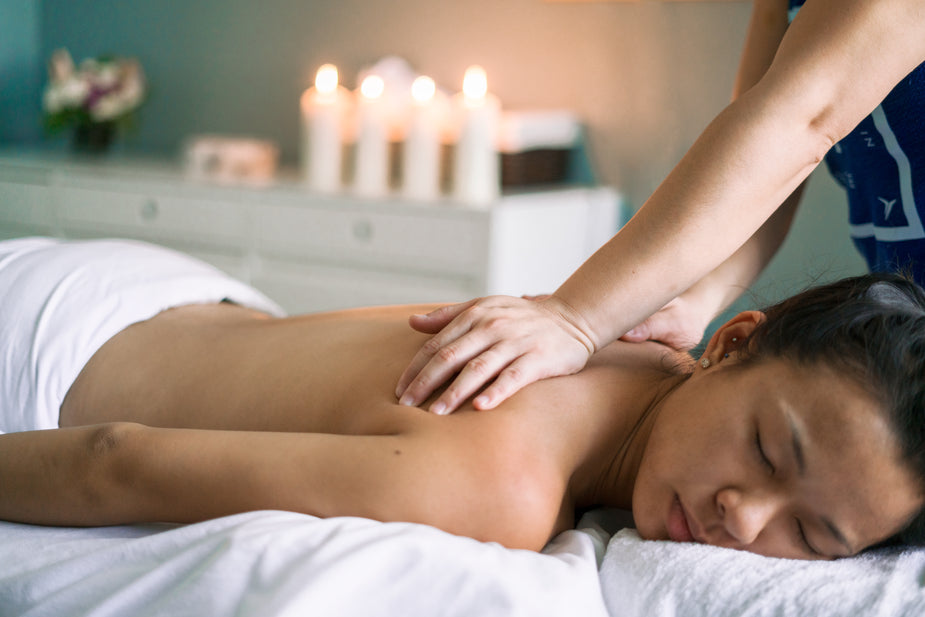
Evolution of Thai Massage techniques
Thai yoga massage has a long history that dates back thousands of years. It is worth mentioning that the practice was first recorded in India around 500 BCE, where it was known as ‘Ayurvedic Massage’ or ‘Yoga Massage.’
From India, it spread across Southeast Asia before arriving in Thailand, where it was called ‘NuadBoran’, meaning ‘ancient massage’ as well as ‘traditional massage‘. The practice continued to evolve as Buddhist monks brought their practices from India, which further developed the technique into what we now know as Thai massage. The techniques used in Thai massage have evolved over the years but still maintain their ancient roots.
Over time new techniques were added, such as assisted stretching, which was introduced by Buddhist monks in the 13th century, while other techniques, such as acupressure, were adopted from Chinese medicine practices, which began arriving in Thailand during the 17th century.
All these new techniques were combined with traditional NuadBoran principles creating what we now know today as modern-day Thai massage.

Why try Thai Massage?
The unique combination of gentle stretching and rhythmic pressure makes Thai yoga massage an outstanding choice for anyone looking to take their health to a new level. It is particularly helpful for those dealing with chronic pain or stress-related issues such as anxiety or depression.
Additionally, it can be beneficial for those who are simply looking for a relaxing experience or need some help with flexibility or balance in their daily life.

The benefits of Thai Massage
Thai yoga massage offers a variety of benefits that can improve your overall well-being. Here are some of the main benefits you can experience with regular practice:
1. Relaxation and stress relief
One of the main benefits of Thai massage is relaxation and stress relief. During a session, gentle stretching helps relax tense muscles while soothing music and rhythmic pressure stimulate your body’s natural relaxation response. This helps reduce stress levels and improve sleep quality. Regular sessions can also help improve emotional well-being by reducing feelings of anxiety and depression.
2. Improved flexibility and range of motion
The stretching techniques used in Thai yoga massage can help improve flexibility and range of motion in the joints and muscles. By working on specific areas of the body, you can improve posture, reduce joint stiffness and increase mobility. Regular sessions can also help relieve pain associated with chronic conditions such as arthritis or fibromyalgia.
3. Increased energy and vitality
Another benefit of Thai massage is increased energy and vitality. The techniques used in this form of bodywork help stimulate circulation throughout the body to promote healing and increase energy levels. The gentle yet firm pressure helps remove energy blockages to boost overall vitality.
4. Pain relief
Thai yoga massage can also be used to relieve pain associated with various ailments, including headaches, muscle pain, and joint stiffness. By applying pressure on specific points along the body, practitioners can help reduce inflammation to relieve chronic pain and discomfort. Furthermore, the gentle stretching movements used during sessions can help realign the spine and improve posture, which helps alleviate back pain over time.
5. Spiritual enlightenment
As previously mentioned, Thai massage has spiritual components that can help you connect with your inner self on a deeper level. Many practitioners believe that this type of bodywork helps open up channels for energy flow throughout the body, which can lead to heightened states of awareness or even enlightenment.
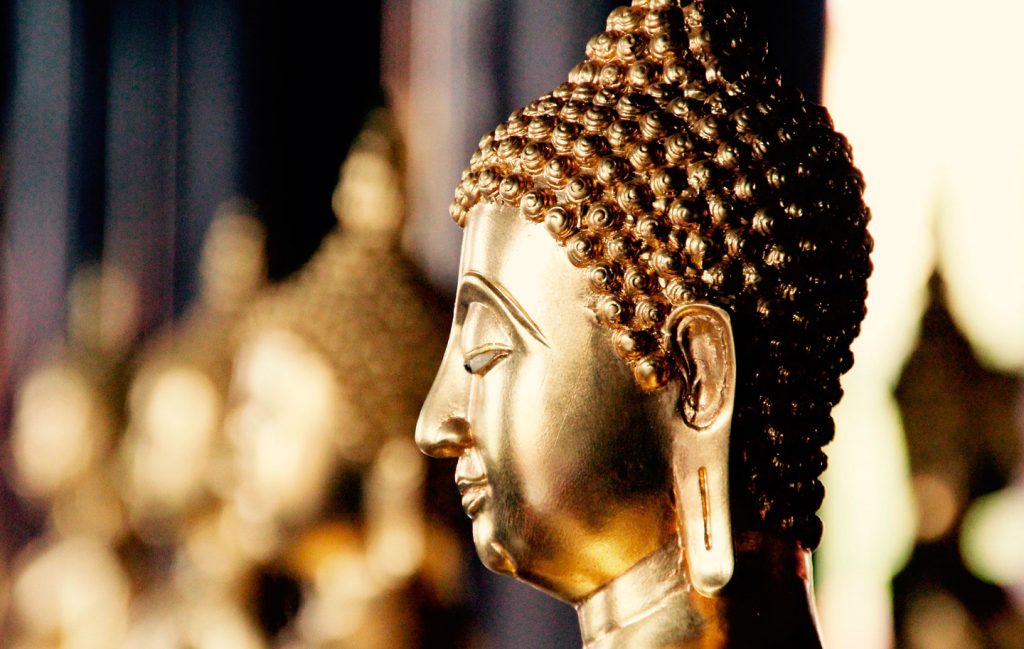
Misconceptions about Thai Yoga Massage
1. It’s only for relaxation
This is one of the most common misconceptions about Thai Yoga Massage. While it can be incredibly relaxing, it is much more than just a way to unwind after a long day. It is an ancient form of healing that works with the body’s energy to help restore balance and promote overall health.
2. It’s painful
Another misconception is that Thai Yoga Massage can be painful or uncomfortable. This could not be further from the truth. The massage techniques used in this practice are designed to be gentle and restorative rather than harsh or aggressive. When done properly, it should feel like a soothing, calming experience.
3. It’s too expensive
Some people may think that Thai Massage is too expensive for them to try out. However, it is quite affordable when compared to other forms of massage therapy, such as Swedish or deep tissue massage. Plus, because it focuses on energy work rather than physical manipulation, it tends to be a much longer session than regular massage treatments, which helps keep costs down.
4. It’s only for Yogis
This is another common misconception about Thai Yoga Massage – that it’s only for experienced yogis or those with a high level of fitness and flexibility. However, anyone can benefit from this form of massage regardless of their level of fitness or yoga experience (or lack thereof).
5. You need special equipment
Finally, some people believe that special equipment, such as mats or props, is needed to do Thai Yoga correctly. While certain pieces of equipment may be beneficial in certain circumstances, they are not essential for this type of massage therapy. All you need is yourself (and perhaps an instructor if you’re new to the practice).

Safety considerations for Thai Massage
When receiving a Thai yoga massage, it is important to consider safety precautions to avoid potential risks or injury. Before beginning a session, it is important to inform your therapist about any pre-existing medical conditions or injuries so they can modify their technique as needed to ensure your comfort level during the session.
Additionally, it is important to make sure you are comfortable with your therapist before beginning a session, as well as make sure they are qualified with proper training to ensure your safety while receiving treatment.
Conclusion
Thai Yoga Massage is an ancient form of bodywork with numerous physical, emotional as well as spiritual benefits for those who receive it. It combines elements from both yoga as well as ayurvedic medicine into a unique system that helps bring balance to the body’s energy pathways.
If you are looking for a way to reduce stress levels and reconnect with yourself, then Thai Massage may be just what you are looking for! So give it a try yourself right now!





